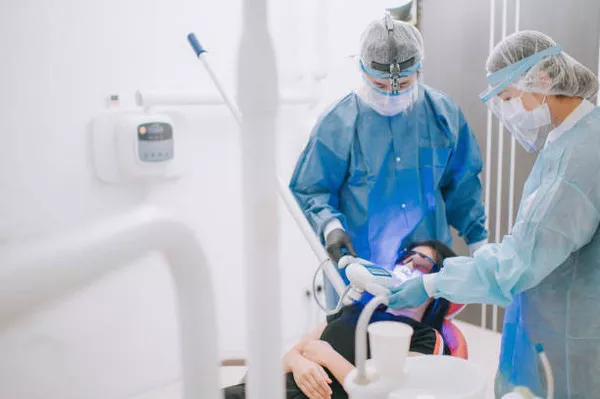Are you concerned about your crooked teeth? Are they causing difficulty in chewing or speaking? Do they make you feel self-conscious when you smile? If so, you may need orthodontic treatment. Orthodontics is a specialty in dentistry that deals with correcting teeth and jaw misalignments. The aim is to improve the function and appearance of teeth while promoting good oral health. In this article, we will discuss the basics of orthodontics, the conditions it can treat, the types of braces available, and the benefits of orthodontic treatment.
What is Orthodontics?
Orthodontics is a branch of dentistry that focuses on correcting and preventing malocclusions, also known as misaligned teeth and jaws. Orthodontists use a variety of techniques to straighten teeth, fix gaps, correct bites, and align jaws. They use a range of appliances such as braces, aligners, retainers, and headgear to move teeth into their proper position.
Orthodontic Treatment Options
Orthodontic treatments vary depending on the severity of the dental condition, age, and personal preferences. Here are some common orthodontic treatment options:
Braces
Braces are the most commonly used orthodontic treatment for correcting misaligned teeth and jaws. They consist of brackets that are attached to the teeth and connected by wires and rubber bands. Braces apply pressure to the teeth and gradually shift them into proper alignment. There are different types of braces, including traditional metal braces, ceramic braces, lingual braces, and self-ligating braces.
Aligners
Aligners are clear plastic trays that fit over the teeth and gradually move them into their correct position. They are removable and need to be worn for 20 to 22 hours a day. Aligners are an attractive option for adults who want a discreet way to straighten their teeth.
Retainers
Retainers are worn after braces or aligner treatment to maintain the new position of the teeth. They hold the teeth in their new position, prevent movement, and stabilize the jawbone.
Headgear
Headgear is a device used to correct severe malocclusions. It consists of a metal wire that attaches to the braces and a strap that wraps around the head. Headgear applies pressure to the teeth and jaw to move them into proper alignment.
Conditions Orthodontics Can Treat
Orthodontics can help treat a variety of dental conditions, including the following:
Crooked Teeth
Misaligned teeth not only affect the appearance of your smile but also cause difficulty in chewing and increase the risk of tooth decay and gum disease. Orthodontic treatment can straighten crooked teeth, improving their function and making them easier to clean.
Overbite/Underbite
An overbite occurs when the upper teeth protrude too far over the lower teeth, while an underbite occurs when the lower teeth protrude out beyond the upper teeth. These conditions can cause difficulty in biting and speaking, as well as jaw pain. Orthodontic treatment can correct bite problems, improving the function and appearance of the teeth.
Crowded Teeth
Crowded teeth occur when there is not enough space in the mouth for the teeth to fit properly. This can cause teeth to shift, overlap, and become difficult to clean. Orthodontic treatment can create space in the mouth by shifting teeth into proper alignment.
Gaps Between Teeth
Gaps between teeth can be unsightly and make it difficult to chew food. Orthodontic treatment can close gaps by moving teeth into their correct position.
Benefits of Orthodontic Treatment
Orthodontic treatment offers numerous benefits, including:
Improved Appearance Orthodontic treatment improves the alignment of teeth, resulting in a more attractive smile. Straight teeth also improve self-confidence and self-esteem.
Improved Oral Health Properly aligned teeth are easier to clean, reducing the risk of tooth decay and gum disease. Orthodontic treatment can also correct bite problems, which can cause jaw pain and headaches.
Improved Function Orthodontic treatment can improve the function of teeth, making it easier to bite and chew food.
Reduced Risk of Tooth Wear Misaligned teeth can wear down faster, leading to tooth damage. Orthodontic treatment can prevent this by properly aligning teeth and reducing pressure on certain teeth.
Conclusion
Orthodontic treatment is a valuable tool for correcting dental conditions such as crooked teeth, bite problems, crowded teeth, and gaps between teeth. There are many orthodontic treatment options available, including braces, aligners, retainers, and headgear. Orthodontic treatment offers numerous benefits, including improved appearance, oral health, function, and reduced risk of tooth wear. If you think you may need orthodontic treatment, consult with an orthodontist to determine the best course of action for your dental condition.
Related Topics:





























